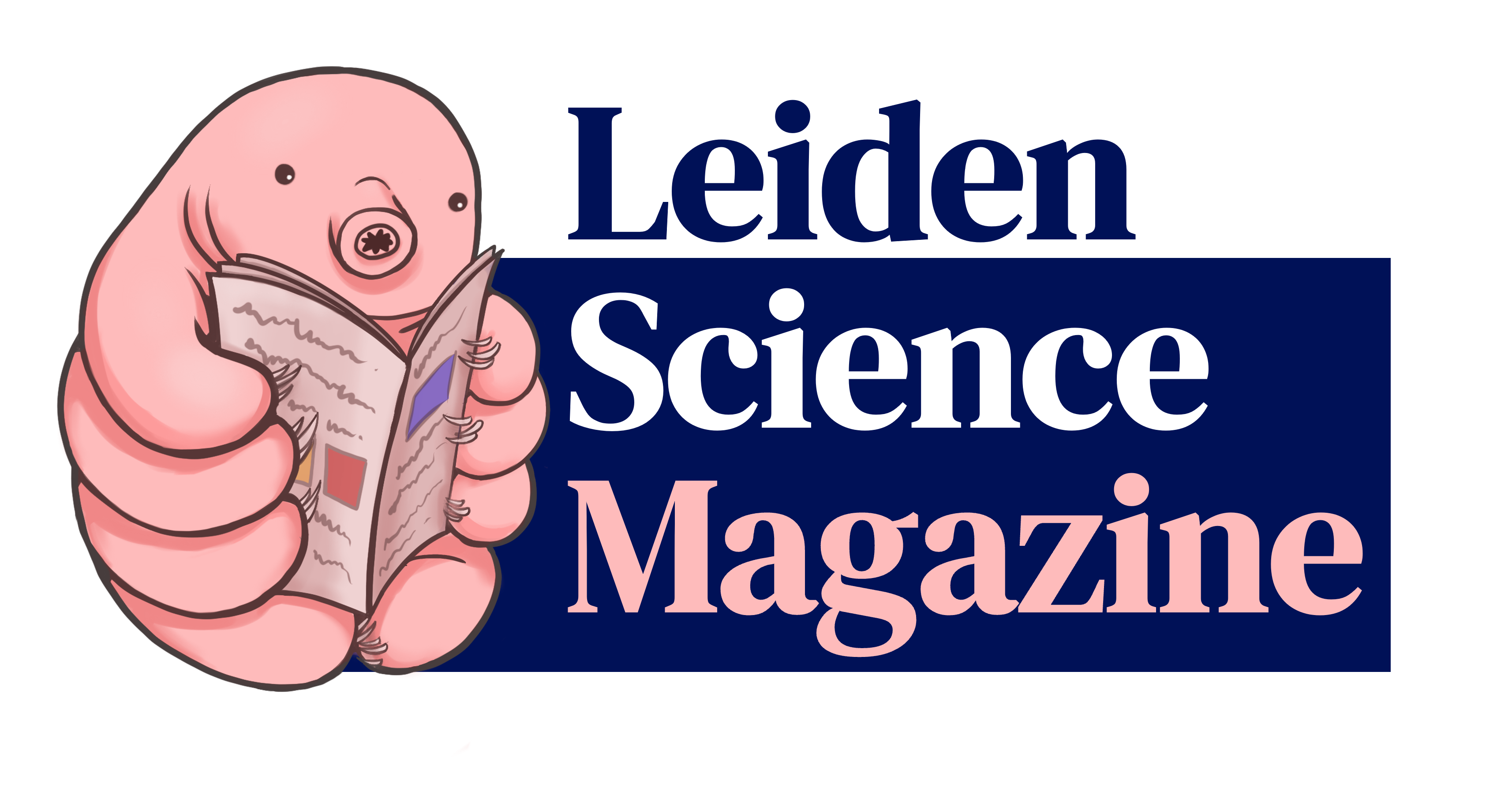A Task for Tiny Transplants
What is your first thought when you read the word “transplant”? Receiving a new organ usually comes to mind, with maybe smaller transplants like the cornea being known too. But did you know there are transplants with even smaller components?
Our bodies are home to a myriad of microbes. These tiny inhabitants are responsible for some crucial processes, without which we would not be able to function properly. A good example for this is our gut, where billions of bacteria help us digest substances that we would not be able to process without their help. Every person has their own unique community of different bacterial species, and its entirety together with all the viruses, protists, archaea, and fungi found on us is called the microbiome. Keeping your bacteria happy, fed, and in balance with each other is the key to staying healthy. So, what happens if this balance is disrupted? And how can it be restored or even improved without having to use medicine that can have serious side effects? Recent research has explored the idea of transplanting entire microbial communities from a healthy donor to someone whose own microbiome needs some help to get back on track. This article will dive into the current state of knowledge and which exciting prospects this new method might yield.
The Microbiome and the Body
There are many open-ended questions about how the microbiome influences our bodies. We do know that the composition of this enormous community can be linked to whether someone gets sick or stays healthy. This connection also happens the other way around. When your gut system suffers heavily from a gastrointestinal disease, it can lead not only to a loss in liquids of your body, but also sweeps out a lot of important bacteria. Having lost these beneficial bacteria can mean that your recovery is slowed down significantly. Other infections might even take advantage of this altered microbial landscape, making you more prone to them.
Microbial Transplant
So how would you be able to restore the balance quickly and replenish the bacterial community in your gut? One possible answer: you could ask a healthy person for help. If we know what the microbiome of someone free of disease looks like, why not use that as a starting point to build up our own? This is exactly what researchers have tested for infections with Clostridioides difficile, a bacterium that can lead to acute intestinal inflammation with diarrhoea and cramps. They isolated the helpful bacteria of a healthy person and transferred them to someone with a recurrent Clostridioides difficile infection. The results are astonishing: the transplant was able to kickstart the recovery of the weakened microbiome, helping the patient recover without the use of other drugs1. What is even more impressive is that the cure rate was around 90%2, much higher than the 20-30% cure rate of prolonged therapy with anti-microbial substances. This makes sense, because antibiotics kill bacteria regardless of their use to the patient, so using them might disrupt your microbiome even more instead of helping it recover.
Fecal transplant?
But this raises one obvious question: how do you transfer a sample of someone’s gut microbiome to another person? State of the art methods are much less unappetizing than you might think. While the retrieval of these microbes happens from stool, as this is the easiest way to get them without having to perform invasive procedures, the patient can receive their new intestinal roomies in different ways. One approach is to guide a probe straight into the gastrointestinal tract. Another is for the patient to swallow capsules of freeze-dried communities which are reactivated once they have arrived at their final destination3.
As it turns out, the tiny organisms inhabiting your guts can not only help yourself but also others in ways that are very effective and easily implementable. So far, this treatment, also known as fecal microbiota transplantation (FMT), is only officially approved for recurrent and refractory Clostridioides difficile infections4. However, off-label use has shown promising results for a variety of other diseases like inflammatory bowel diseases and irritable bowel syndrome (IBS). FMT might even help with conditions outside the gut that are strongly connected to its microbiome, for example type 2 diabetes, obesity, or certain autoimmune disorders5. While the long-term effects of FMT still need to be investigated, this method will certainly become a well-studied alternative to antibiotics. Maybe in the future, this is what we will think of when someone starts talking about transplants.
Sources
- Agrawal, M. et al. The Long-term Efficacy and Safety of Fecal Microbiota Transplant for Recurrent, Severe, and Complicated Clostridium difficile Infection in 146 Elderly Individuals. J. Clin. Gastroenterol. 50, 403 (2016).
- Gough, E., Shaikh, H. & Manges, A. R. Systematic Review of Intestinal Microbiota Transplantation (Fecal Bacteriotherapy) for Recurrent Clostridium difficile Infection. Clin. Infect. Dis. 53, 994–1002 (2011).
- Kao, D. et al. Effect of Oral Capsule– vs Colonoscopy-Delivered Fecal Microbiota Transplantation on Recurrent Clostridium difficile Infection: A Randomized Clinical Trial. JAMA 318, 1985–1993 (2017).
- Research, C. for B. E. and. Enforcement Policy Regarding Investigational New Drug Requirements for Use of Fecal Microbiota for Transplantation to Treat Clostridium difficile Infection Not Responsive to Standard Therapies. https://www.fda.gov/regulatory... (2022).
- Wang, J.-W. et al. Fecal microbiota transplantation: Review and update. J. Formos. Med. Assoc. Taiwan Yi Zhi 118 Suppl 1, S23–S31 (2019).



0 Comments
Add a comment